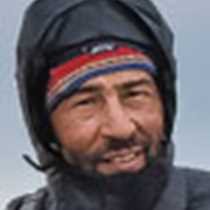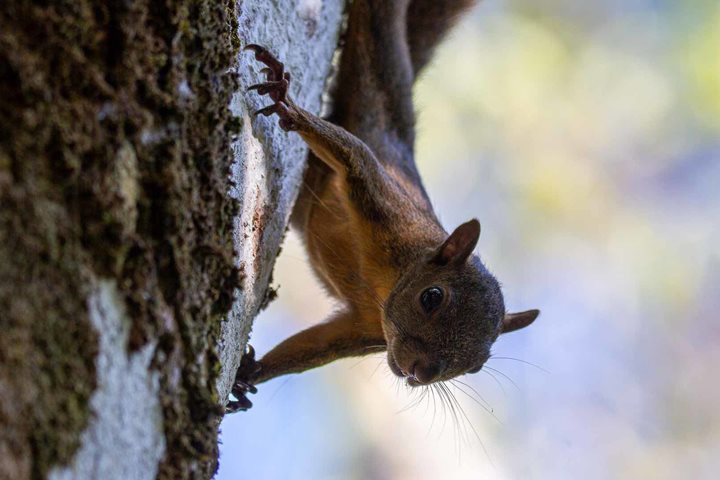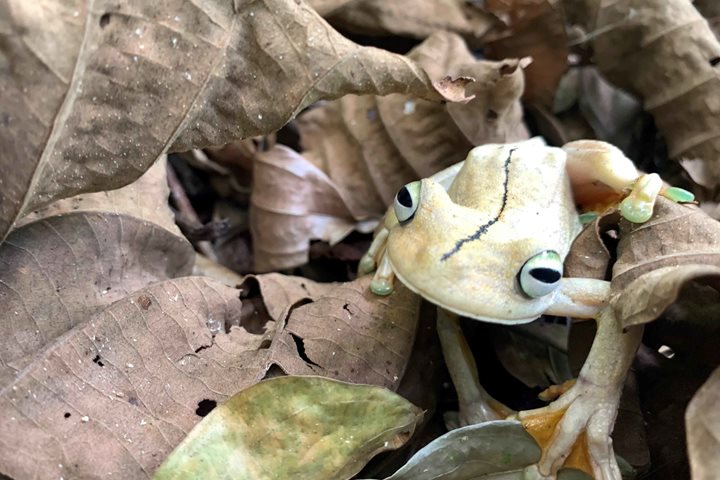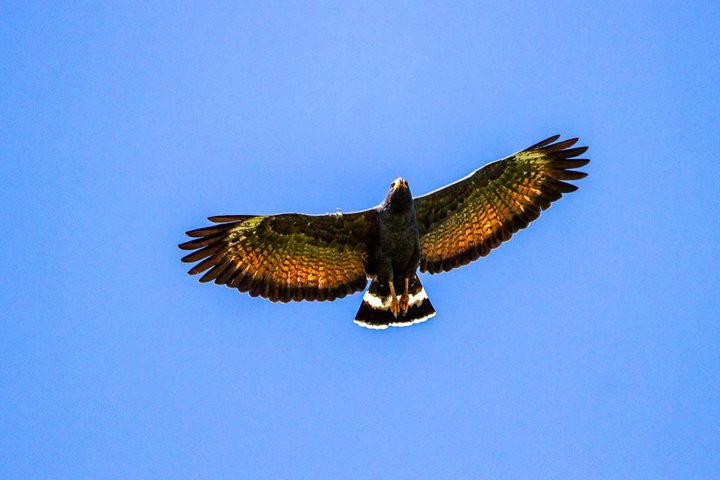The last day of exploration through Panama and Costa Rica, National Geographic Sea Lion
anchored in front of Manuel Antonio National Park.
Considered by Forbes magazine one of the top ten most beautiful national parks on Earth, and being a relatively small protected area, this gem of wildlife habitats offered us the opportunity to have close encounters with primates such as white faced and howler monkeys, rodents such as the agoutis, crab-eating raccoons and the always attractive three-toed sloths.
White-faced monkeys are a smart monkey that has learned to make tools to reach their food sources. It is an active omnivore that keeps moving, looking for insects, nectar, fruits, leaves, lizards and other types of meat, climbing up trees and coming down to the ground or wherever it can find its meal.
Hikes to Cathedral Point and the “Sloth Valley Trail” gave us amazing viewpoints, overlooking the islets that form the coastal part of the national park and pristine beaches where the forest and the ocean meet. Of course the interesting flora of lowland rainforest such as Panama and naked Indian trees, a giant stinky toe which is a legume relative tree.
Beyond the incredible abundance of medium size mammals, we saw blue crowned motmots, black hooded ant shrikes, frogs and black spiny tail ctenosaur lizards. This ctenosaur, is known to dig tunnels as long as 10 meters (30 feet), under roots or rocks so that potential predators cannot open it from above. This was definitely an amazing way to enjoy and learn natural history in the tropics!
After lunch, people enjoyed the option of either just relaxing on the beach or swimming in the warm tropical waters of Manuel Antonio, a beautiful way to finish a pleasant journey through Panama and Costa Rica.
We look forward to hosting you in another Lindblad-National Geographic Expedition!









